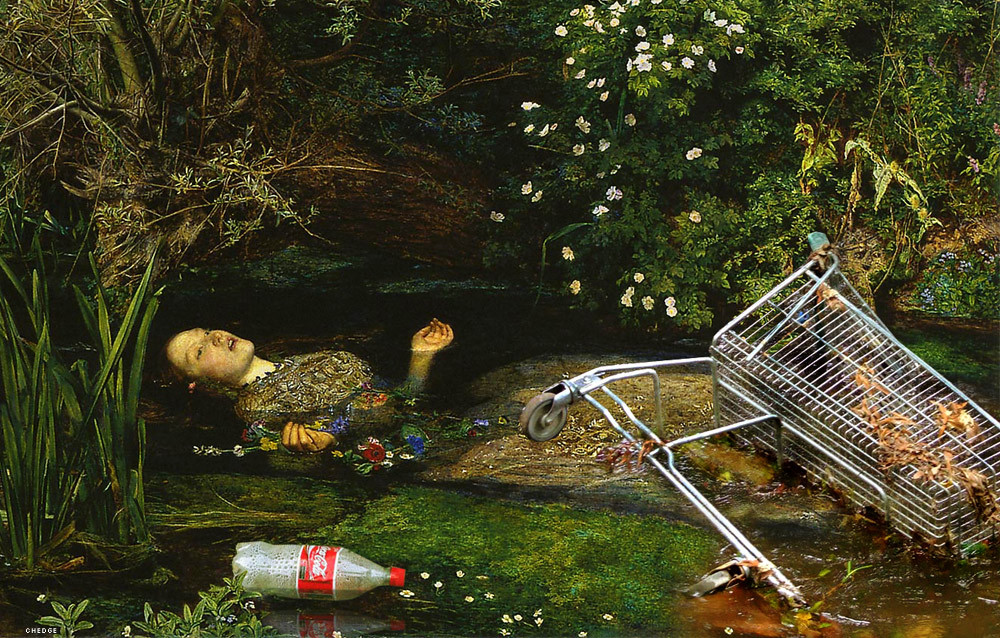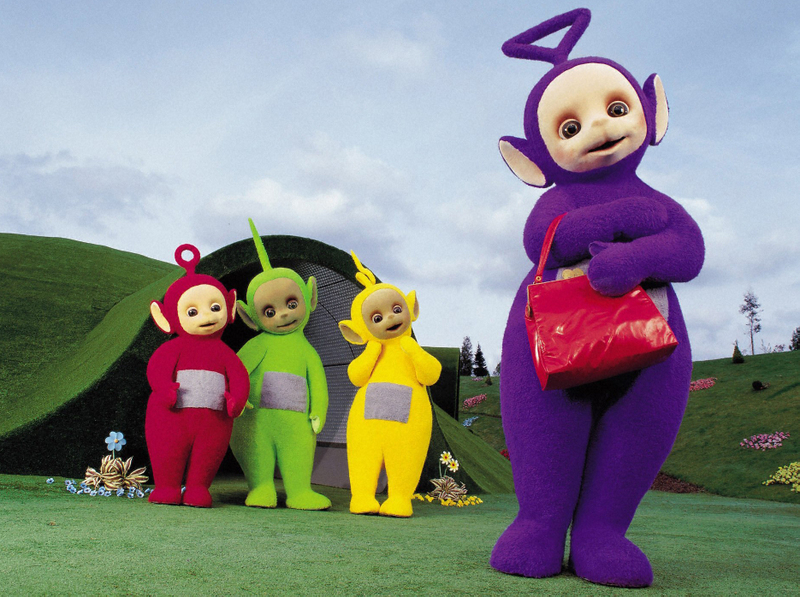 |
| The stockpot at work |
I’ve been reading plays for ten weeks. Everything has been simmering together nicely, flavors getting to know each other, and the time has come for a pause. It’s time to strain this mess and see what we’ve got.
In reviewing and revising these blog posts, I find myself reflecting on the last ten weeks and how my current understanding of queer performance has changed since the beginning of the academic quarter. These ten weeks have been something of a wild ride, a crash course in “gay plays,” and I can see now that there are marked advantages to this approach. Of course the survey continues, a life-long project filled with slow reveals and nuance, but in the crash course, sometimes the trends and patterns feel particularly clear.
With this in mind, I am prepared to make a somewhat audacious claim: I feel more and more convinced that the future of queer theater is postmodern. Parody. Citation. Repetition. In the internet age, these may be the strongest tools we have.
These are the tools that I see playwrights like Joshua Conkel, Sybil O’Malley, and Brian Bauman wielding so powerfully. I hear them unashamedly suggesting that to tell the story of contemporary queerness is to tell not only a new story, one that we haven’t heard on stage before, but also to tell it in a new way.
I claimed in my first blog post that one fundamental function of queer theatre has traditionally been visibility. Visibility is no longer enough. It was easier to argue that it was in the 60s and 70s. Consider Lillian Hellman: in 1934 she couldn’t even use the word “lesbian” in The Children’s Hour, let alone stage a lesbian relationship. There was a time when The Boys in the Band, with all its anger and coded language and overt sexuality was simply incomprehensible.
Even in the 80s and 90s there was a sense of striving to “cross over,” to be visible not only to other queer folks for the sake of fostering community, but to be seen as mainstream, as normal. Think of Arnold’s desire for “normalcy,” for heteronormative domestic bliss in Torch Song Trilogy. He basically wants to be on Modern Family, but is 30 years too early.
 |
| A Modern Family: Mitchell, Cameron, and baby makes three... |
What I hear these new playwrights suggesting is that maybe Modern Family is not enough. Not the story, and not the way it’s told. Realism has this uncanny way of naturalizing whatever it depicts. Perhaps we’ve heard this story so many times that we believe marriage and children and wealth are naturally, uncomplicatedly the only things worth desiring.
Maybe it’s time to start calling that into question.
With talking chickens. And zombie brides. And pregnant-Catholic-schoolgirl-witches. Not just because they’re funny (although they are) but because they begin to reveal the very mechanisms of power, the subtle, day-to-day workings of systemic patriarchy and heteronormativity. These are the very mechanisms that a show like Modern Family seeks to normalize. Rather than a mere joke, a zombie bride is in fact a pop culture citation. It cites a thousand romantic comedies, and reality television shows, and works of "chick lit." It is also a parody of these sources. Perhaps most importantly, it is way of repeating a subtle hegemonic message, (that to be a bride is the ultimate goal of womanhood; that marriage is the ultimate goal of partnership; that to be a bride is to access a classical mode of female hysteria and madness; etc. etc. etc.) It is a way of un-coding the coded message; of repeating it until it is no longer subtle, but totally visible and rendered powerless, absurd, in visibility.
Here's to ten weeks of gay plays and here's to this soup we've been making. It smells fucking great.






